They say opposites attract. That holds true, even in a Hero's Journey story. But what are some Heroes' Themes that your readers might like in your story? How can you apply them?
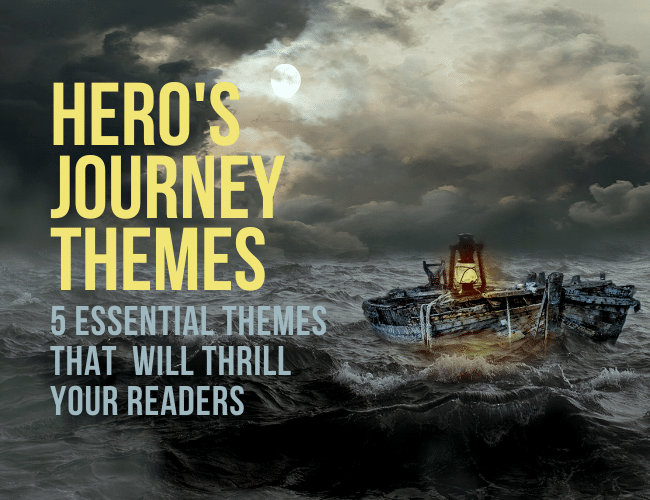
While you may craft opposing characters who find themselves attracted to one another, you would be wise to study these universal relationships—also known as themes—that great stories have utilized for generations to the benefit of their readers.
In this article, you'll learn five essential Hero's Journey themes that will thrill your readers and transform your stories into best sellers!
What Is a Hero's Journey Theme?
As we get started, let's define just what kind of “relationship” we're talking about here.
In a Hero's Journey, a symbolic relationship is a Situational Archetype that tends to recur throughout storytelling history. It is a situation in which two different characters or forces are symbolically set in opposition to one another, mirroring the way opposing forces tend to collide, harmonize, and balance over time in the real world.
The beauty of these Situational Relationships is that they function like the utilities of a well-constructed building: They're invisible. Only a reader with a trained eye will be able to detect your intentions.
Another benefit of using these Situational Relationships is that they resonate with readers of all ages and backgrounds. They are simple and easy to understand.
They're also commonly known as themes, driving concepts underpinning stories from start to finish.
Yet they are inherently ripe with opportunity for deep exploration and clever innovation. That's why, after explaining each of these key themes, I'll provide some “Tips for Innovation” so you can hit the ground running with these essential archetypes!
5 Hero's Journey Themes Readers Love
Ready for the five Hero's Journey themes? Let's get started!
1. Good vs. Evil
Perhaps the most obvious Situational Archetype is the classic dichotomy between the forces of Good and the forces of Evil. This trope has been successfully used by storytellers like George Lucas and classic Western authors to great success.
In this theme, your protagonist and their companions are on the side of Good. They defend values such as Freedom, Compassion, Justice, and Mercy.
What they ultimately represent, though, is Selflessness. These are the kind of people who would sacrifice their desires, and even their own lives, for the sake of others. That is what we have come to define as “Good.”
“Evil,” therefore, stands opposite to this. Evil embraces control, pain, injustice, and cruelty, all for the sake of acquiring as much land, power, or wealth as possible. Evil is ultimately self-serving. This is why we tend to raise our children to be selfless, or “Good,” rather than destructively selfish, or “Bad.”
By aligning your protagonists with virtues of “Good” and your Shadow, Threshold Guardians, and Devil Figure with sins of “Evil,” you lay a moral foundation for your story that will make innate sense to your reader. Everyone knows, to an extent, what kind of behavior is “good” and “bad.” By connecting your characters to various virtues and vices, you can build your story's world by using age-old assumptions about right and wrong.
An easily identifiable example here is Luke Skywalker in Star Wars, who represents a positive, selfless use of the almighty Force. This is contrasted against Darth Vader and the Emporer, both of whom use the Force for control, power, and destruction.
How to Innovate
While coordinating your characters' morality along the lines of Good and Evil is a fine starting point, you'd be wise to complicate things just a little. If you're familiar with older television shows that had to conform to strict content guidelines, you know that stories with clearly defined morals of Good and Evil can come off as inauthentic or even cheesy.
That's why it's wise to complicate your characters with some moral “gray area.”
In practice, this “gray area” means blending Good traits with Evil ones. For example, your heroic, selfless Hero may struggle with some amount of selfishness (like fear or an instinct for self-preservation). This struggle is believable and easily related to by your reader.
Similarly, complicate your villains with some “Good” traits. It is often these enduring traits, like kindness or loyalty, that make readers fall in love with despicable characters, like Darth Vader and Hannibal Lecter.
Then there are characters whose moral compass is wildly uncertain. Known as the Shapeshifter, this character will often swing back and forth between Good and Evil traits, ultimately choosing between selflessness and selfishness.
Several beloved characters of this variety are Captain Jack Sparrow in Pirates of the Caribbean, and Bucky “Winter Soldier” Barnes in Marvel's Captain America: Civil War. Some of the best anti-heroes explore all sides of the good-evil dichotomy, creating wildly intriguing conversations about morality.
2. Haven vs. Wilderness
It isn't just characters that should find themselves sorted between two opposing forces. Settings should, too.
The ultimate purpose of your story's setting is to provide textured resistance to your Hero's pursuit of the goal. While it may often be beautiful, it should always be dangerous. And while your settings may include pockets of safety and security, those pockets must be under threat or limited to a deadline.
Put simply, locations in your world exist on a spectrum stretching between Haven and Wilderness.
A Haven is a place of safety and restoration. Not only will your Hero needs moments to pause and restore their supplies and spirit, but your reader needs these locations as well. Haven settings function as waypoints. They are often locations the Hero travels to in order to find a clue or tool that helps on the journey.
And while a Haven may be a place of relative safety, it must always be under threat from within or without. The enemy is not far behind. A spy lurks within. Or a ticking clock forces the Hero to quickly move on.
Then the Hero resumes their journey into the Wild. And the Wilderness can be both a physical one (desert, tundra, the vacuum of space, a swamp, the depths of an uncharted forest) and a spiritual one (loneliness, being a foreigner, exile, guilt).
Ideally your story takes the Hero into and through both kinds of locations with the intensity (and resistance to the journey) increasing with every foray into the Wilderness.
One can easily spot the difference between Haven and Wilderness in The Hunger Games, as Katniss Everdeen is cast out of the cozy Capitol into the wild to survive a horrific act of bloodsport. A fun inversion here, however, is that while the Arena is far more dangerous than the Capitol, Katniss is somewhat more at home there, given her survival instincts gleaned from years of scrapping out a living in District 12. Sometimes these apparent contradictions can play to your advantage as a storyteller!
How to Innovate
Readers like to be surprised within the safe context of the familiar. Consider ways that traditional “Havens” might be wild and dangerous (especially for introverted or outdoorsy types) and the “Wild” might be a comfortable Haven.
Many storytellers have found ways to explore the ways that humanity and its creations (machines, the city) can be alienating and deadening. Whenever you flip these locations on their heads, you aim to give the reader a fresh experience.
Just make sure that your Wilderness always resists the Hero's pursuit of the goal. That is what distinguishes Haven from Wilderness. A Haven restores, while the Wild resists.
3. Nature vs. Machine
This Hero's Journey trope is incredibly popular and widely used. Have you ever noticed that the good guys are often outgunned? And have you ever noticed that the good guys, to overcome these incredible odds, will rely on clever uses of nature to win?
Many stories do this, from Indiana Jones to Avatar to The Lord of the Rings.
These stories use this theme because it works. There's something cathartic about the Ents overthrowing Isengard or Indiana Jones taking down a German tank with nothing but a whip, a rock, and his grit.
In the world of your story, Nature is usually represented by trees and animals. Machine, meanwhile, is usually some mechanized weapon, like a tank, helicopter, plane, or some other unnatural creation of man.
This theme represents a harsh truth that many readers know: Man is painfully effective at destroying nature. Through deforestation, pollution, rising ocean temperatures, mass extinctions, and more, mankind is leaving a deathly footprint on the earth.
Yet even as we all consciously or unconsciously contribute to various natural disasters, we innately want earth to win. Nature, after all, is beautiful. Trees and mountains and horses and sunsets are beautiful. Tanks, while “cool,” are not beautiful.
How to Innovate
The obvious way to implement this theme is through battle.
But there are more subtle ways to bring the reality of this dichotomy into your story.
One way this happens is through spirituality. When a character acts in faith, rather than reliance on technology, the effect is immediate: Audiences love it. Think of the end of Star Wars when Luke uses the Force to destroy the Death Star, rather than his targeting computer. It's awesome.
You can also layer this conflict in your story's world through setting description. What kind of violence or destruction against nature is occuring? How is this affecting the characters as they pursue their own goals?
Or, possibly consider writing a story where mankind's attempts to control nature (through machines, of course) fail and go horribly wrong? This especially works when the characters are mindful of this theme and the havoc it wreaks. That's why Jurassic Park is so beloved over its woeful sequels. It actually dares to ask the tough questions about man, his love of mechanical control, and the wild power of nature to defy anything that would control it.
Finally, try to structure your characters as occupants of opposite cultures or time periods.
This is one of the ways Pixar's Toy Story cleverly sets Woody and Buzz against each other. Woody represents a classic, beloved time of American history when westward expansion represented optimism and discovery; the films of the 1950s crystallized this sentiment into the persona of John Wayne.
Yet in the 1970s, science fiction stories and their heroes began to supplant the Western as the genre of choice, and soon space toys were all the rage while cowboys bit the dust. Such is the inherent conflict when Woody sees Buzz Lightyear, a flashy space toy, literally take his place on Andy's bed, and later in Andy's heart.
4. Parent vs. Child
I don't care how great your father or mother is. There is probably something about them that drives you crazy.
That's the heart of this crucial relationship. Since fathers and sons (and mothers and daughters) are cut from the same genetic cloth, there will always be reason for conflict and reconciliation.
In a Hero's Journey, this can appear in two ways:
- Your hero is the child
- Your hero is the parent
For examples of the Hero being the child, think of Star Wars, Indiana Jones, or Pixar's Brave.
For examples of the Hero being the parent, think of The Odyssey, Freaky Friday, or (one of my absolute favorites) Arrival.
The key is that usually both the Hero and their parent (or child) are both Good. Yet they differ in traits that are Good, and also differ in complicating Evil traits as well. These differing values create the difference that result in the conflict that we all know so well from our own lives.
How to Innovate
The best way to innovate within this theme is to be willing to explore multiple points of view. This is why Freaky Friday is a beloved coming-of-age comedy.
Another crucial method of innovation is to avoid age-specific stereotypes. This will reduce your Parent vs. Child relationship to mere name-calling that never penetrates the surface of your characters.
Age, and the experiences that go with it, are entirely relative to each and every individual who has ever lived. No son or daughter feels ignorant, emotional, immature, or unbalanced. In their mind, everything makes complete sense.
And similarly, no father or mother feels strict, cranky, unfair, or uncool (well, maybe some do), but not in the way they might be labeled as such by their frustrated children.
In a nutshell, everyone is trapped in their own experience and merits empathy. Everyone has unique motivators that make complete sense in their own heads. That's why you, as the storyteller, need to consider how to give each point of view its own valid weight. Otherwise your story might devolve into stereotypes and assumptions about whatever age group you feel is in the wrong.
5. Sibling vs. Sibling
Whether by birth by adoption, siblinghood is the perfect dynamic for conflict.
Guardians of the Galaxy and The Avengers benefited from sibling angst, as the conflict between Nebula and Gamora anchors the plots of multiple films. Shakespeare centered the conflict of King Lear around warring sisters and brothers.
Just as parents and their children share enough traits to call themselves “family” but enough differences to become enemies, siblings experience the same conflict but with an added twist: Competition.
Rarely do parents and children compete for the same prizes. While parents are busy trying to make money, their kids are trying to win sports competitions, love, or God-knows-what. But two siblings can easily compete for the same pretty girl's or guy's affections. Both can easily go to war over the same stockpile of scholarships.
That's why we've all heard of sibling rivalry.
And it begins young. Several years ago, my daughter had to learn to share time, food, toys, and her parents' affections with her baby brother. It took the little guy quite a while to learn how to say “Please” and “Thank you.” She had to do all the heavy (sacrificial) lifting in their relationship. It's by God's grace alone that she didn't try to sell him on Ebay!
Centering your story's conflict around two feuding siblings taps into age-old tension that your readers will understand quite well. It's also something you can use for side characters (like Nebula and Gamora in Guardians of the Galaxy), villainous henchmen, or the primary antagonist of the story (Thor's sister in Ragnarock).
How to Innovate
Perhaps the most overused version of this relationship pits brother against brother as enemies. This dates back to myths of Oedipus's children, when his sons kill each other in civil war.
And while the siblings-as-protagonist-and-antagonist form can still be relevant, it may be far more interesting to your reader to put both siblings on the same side and force them to work together. How will they overcome their individual ambitions to achieve a common goal? How will they maneuver the challenges and conflicts of varying traits (some of which are self-serving, or “Evil”) in order to stay united?
This duel-protagonist structure can work with brothers, sisters, or both. Avengers: Age of Ultron had it both ways, as Scarlet Witch and Quicksilver are twins recruited to fight the Avengers, only to be recruited to the side of “Good” before the story's end.
Bonus Theme: Bravery vs. Cowardice
There are an infinite number of thematic relationships your stories can explore, and I can't possibly cover them all here. But perhaps one very noteable one comes from acclaimed author Robert Cormier in his young adult novel Heroes.
Considered Cormier's darkest novel, Heroes asks questions about the nature of heroism and cowardice, two opposing forces that regularly clash in the human heart. Protagonist Francis Cassavant experiences both traits, namely when he tries to kill himself during World War II by falling on a grenade; however, the explosion doesn't kill him, only severly deforming his face. Yet the cowardly act ended up saving the lives of his fellow soldiers, and for this Francis is awarded a silver star.
More moments of stark contrast between bravery and dereliction of duty occur in flashbacks to Francis' childhood in Frenchtown, Massachussetts. When a friend of Francis's, Larry LaSalle, sexually assaults a love interest at the neighborhood hangout called the “Wreck Centre,” Francis fails to intervene and put a stop to the horrific situation. The moment sets him on the path toward revenge that concludes in ways the reader can't possibly predict, forcing Francis and Larry to take responsibility for their actions.
Like Cormier's Heroes, your writing needs to explore the dual nature of life's starkest contrasts. But perhaps what is so essential, and so challenging, is harnessing the English language to depict how these contradictions often coexist within our hearts at the same precise moment.
Love and Hate. Joy and Sadness. Amazement and Horror.
These polar opposites are always coming together in the most intense moments of life. Just as Cormier utilized his Heroes themes to ask near-impossible questions about Heroism and Cowardice, you can assemble thematic situations to ask your own questions.
Opposites Are Attractive to Your Readers
Each of these themes takes two similar things and shows the contrast between their two extremes:
- Morality: Good and Evil
- Human Inhabitability: Haven and Wilderness
- Naturalism: Nature and Machines
- Reproduction and Age: Father/Mother and Son/Daughter
- Children in the Same Family: Siblings
- Approaches to Conflict: Bravery and Cowardice
When you craft your story in a way that explores these extremes, readers will love it. You reap the benefit of exploring familiar themes, but in new ways that are unique to the world of the story you are telling.
How will you implement these situational, relational archetypes in your next Heroic Journey?
Can you think of examples of any of these Hero's Journey themes? Are there other opposing pairs you find in stories? Share in the comments below!
PRACTICE
Think about the Hero's Journey story you've been planning throughout this series. (Haven't started planning one, or want to start from the beginning? Check out the full Hero's Journey here.)
Which of these relationships could you build into your world? What characters and setting locations would be a great fit?
For fifteen minutes, identify one of the characters or settings in your story that fulfill one of the relationships and write a scene that shows that tension:
- Good vs. Evil
- Haven vs. Wilderness
- Nature vs. Machine
- Parent vs. Child
- Sibling vs. Sibling
- Bravery vs. Cowardice
Post your writing in the Practice box below. Then read another writer's comment and leave them some constructive feedback!
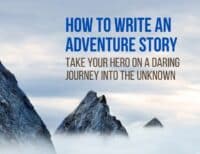
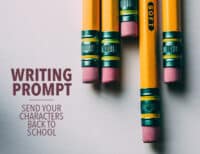
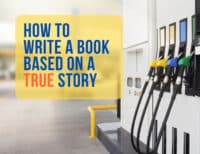
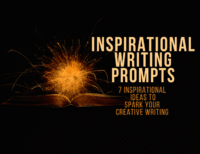
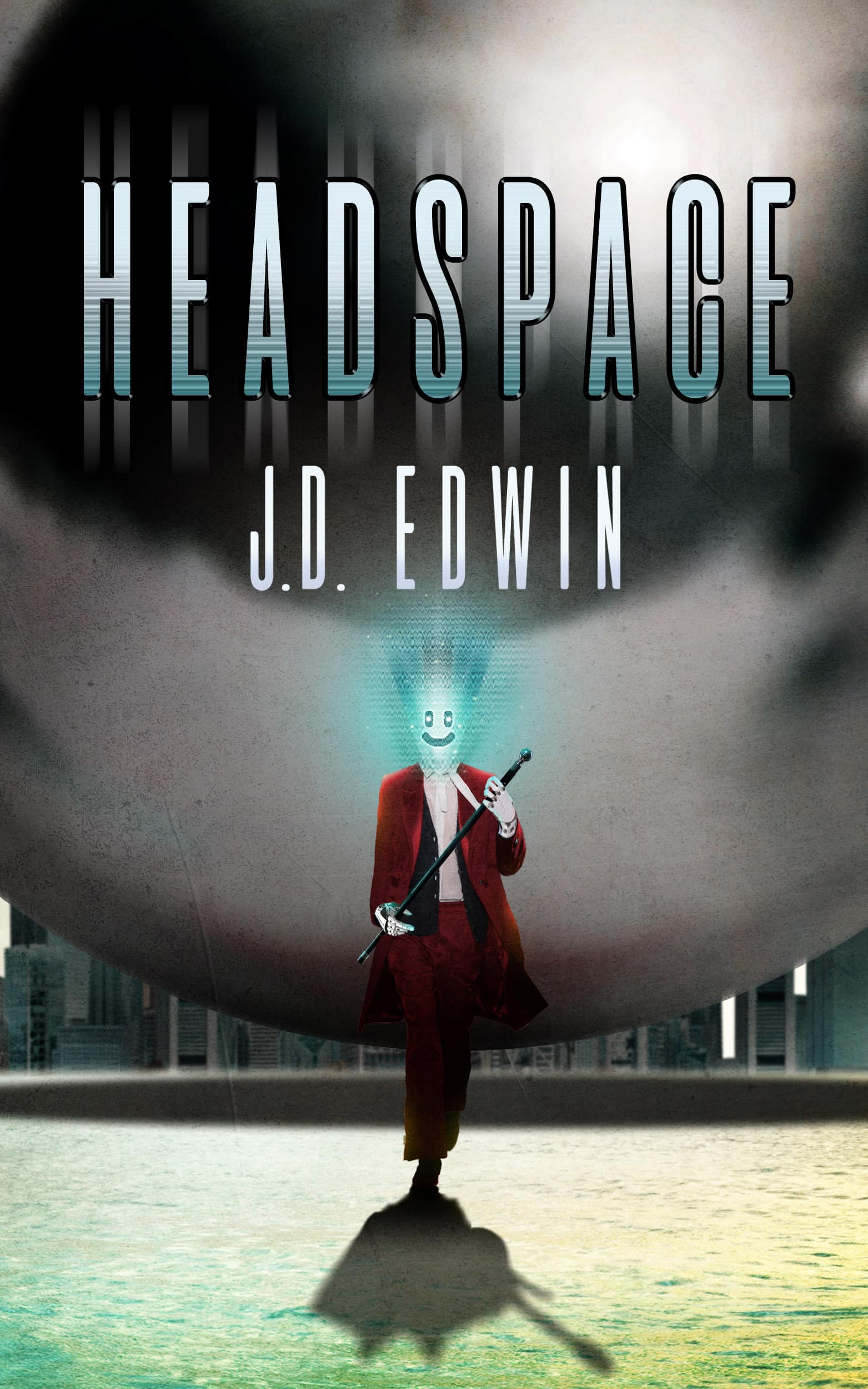
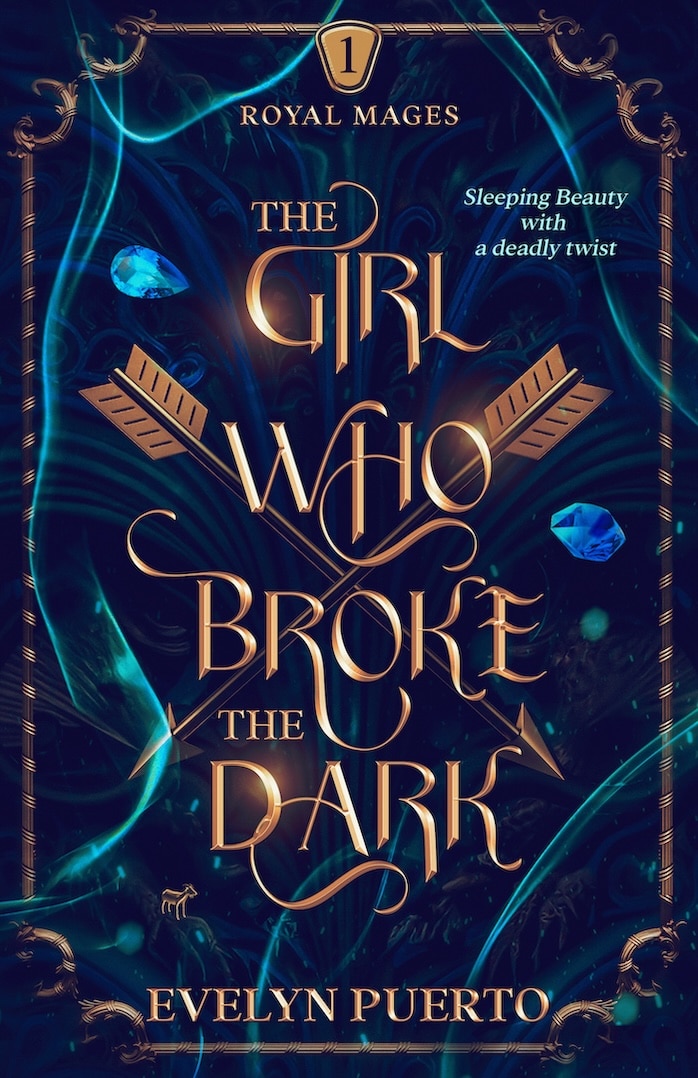
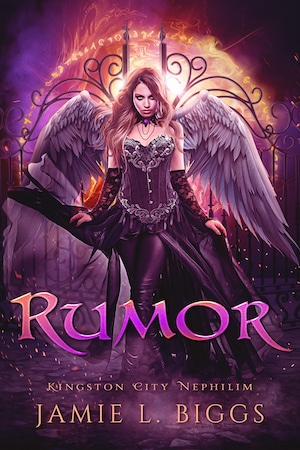
0 Comments
Trackbacks/Pingbacks